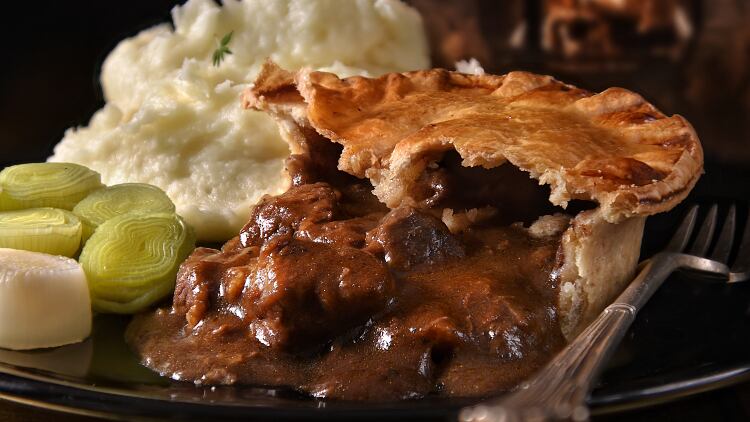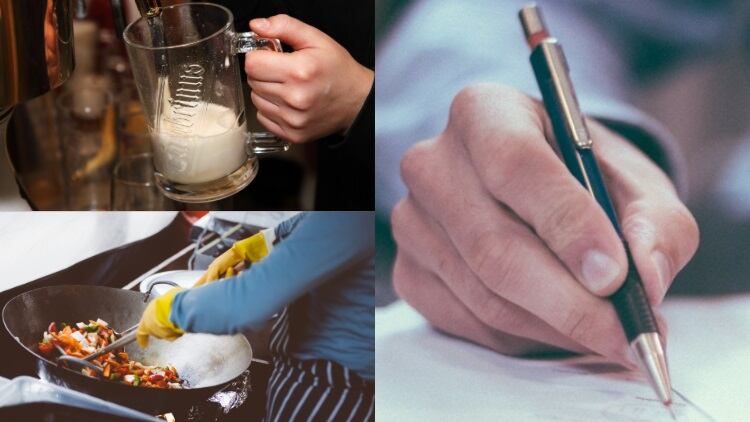Picture of health
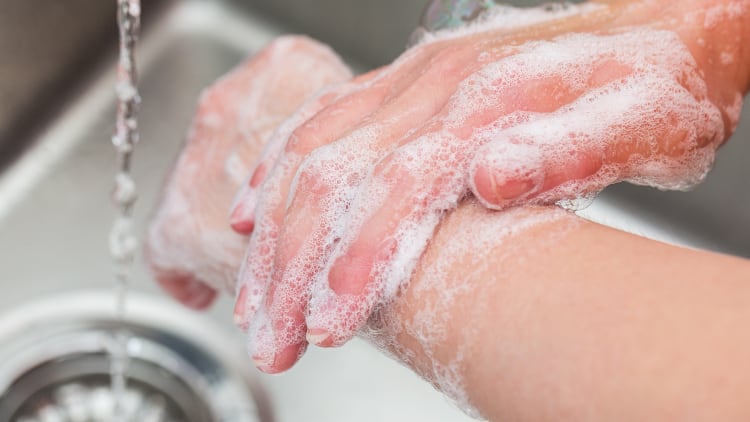
Here is some advice from Diversey on how to ensure you have good hygiene and safety in kitchens.
Hand hygiene
First and foremost, everyone handling and preparing food should employ strict hand hygiene procedures to prevent the risk of spreading any bad bacteria. This will include frequent washing of hands, but always after going to the toilet and when switching between handling different foods such as uncooked ingredients and cooked/prepared dishes. Diversey offers a complete range of hand hygiene soaps and sanitisers including products without perfume for foodservice.
Hard surface sanitising
Surface sanitisers (also known as disinfectants) are used to keep worktops and other food preparation and storage areas clean and hygienic. They are essential to kill and remove pathogens that can cause food-borne illnesses. Foodservice sanitisers (without perfume to avoid tainting food) should be used regularly throughout the day and always when changing tasks, such as when switching between raw ingredients, cooked meals or food that will not be cooked (e.g. salads, etc). Most infections are spread by personal or hand contact or by touching previously contaminated surfaces, which is why hand hygiene and surface sanitising are both important.
Clean as you go
Cleaning frequently throughout the day can often be more effective, less disruptive and less time consuming than a major clean once a day. It also ensures potential sources of contamination are removed as soon as possible. Spillages on floors should also be cleaned immediately because they can present an increased risk of slipping or tripping in kitchens and serving areas. Accidents in kitchens are among the most common in foodservice businesses and can lead to serious injuries. Suppliers such as Diversey offer a range of products, including multipurpose formulations, that make cleaning simple, fast and effective.
* Advice from cleaning and hygiene business Diversey UK & Ireland
Last month, a number of hospital patients died following a listeria outbreak, thought to be found in pre-packed sandwiches.
On 14 June, Public Health England, the Food Standards Agency and the NHS confirmed that, following a retrospective analysis of listeria cases, an additional three cases – including two deaths – were linked to this outbreak.
While the incident came from prepacked sandwiches, listeria can be found in unpasteurised milk, soft cheeses and other chilled ready-to-eat foods.
Operators can ensure their customers don’t fall ill from eating at their pubs by aiming for that gold standard, five-star food hygiene rating.
The Food Safety Guru website has issued five top tips on how licensees can reach for top marks.
First of all is storage. The most common mistake is storing raw foods with ready-to-eat foods – however, raw foods does not mean just raw meat and fish.
It also includes unwashed and raw vegetables because they can be contaminated with E. coli and many other bacteria.
A storage system in the kitchen can eliminate any potential cross-contamination of raw and ready-to-eat foods.
Keeping food items on racks instead of the floor and ensuring they have a date label can also help achieve that five-star rating.
Preparation is also key to a top-rated kitchen. Washing raw and ready-to-eat foods and dishes in the same sink can cause problems in the pub kitchen.
Having separate sinks is one option but, if this isn’t feasible, plan the day so ready-to-eat foods are washed first, then raw vegetables next.
Have separate time slots for dishwashing and food prep and stick to them. Use a colander to drain cooked veg so the finished item does not come into contact with the sink.
Sanitise the sink after washing raw fruit and veg after dish washing and ensure procedures are documented.
Using the same preparation space for raw and ready-to-eat foods can also cause cross-contamination.
If the kitchen is large enough, split it into separate work areas such as raw meat, raw fish, raw veg and ready-to-eat preparation. If the kitchen is smaller, plan the day to avoid cross-contamination. For example, for home-made burgers, make them first thing in the morning, then clean and sanitise all utensils and the work area before starting on the next activity and so on.
During busy service times, keep a separate area for raw and ready-to-eat and use colour-coded chopping boards.
Ensure ready-to-eat foods are not in the kitchen for prolonged periods of time by preparing food and either chilling or cooking immediately.
If cooling, chill food to below 8°C within 90 minutes – use a blast chiller or decant into smaller portions and cool in a bath of ice, if required.
Food Safety Guru’s third tip is keeping a clean handwash basin with antibacterial soap or blue roll to dry hands is vital in maintaining kitchen hygiene.

Cleaning schedule
Dish cloths can harbour six times more bacteria than toilet handles and six out of 10 dishcloths harbour life-threatening bacteria such as E. coli.
Use blue roll and sanitiser to clean work surfaces because cloths that are used more than once can spread bacteria causing cross-contamination.
Keeping a cleaning schedule in place is an easy way to make sure routine cleaning jobs take place and the standard of cleaning in your kitchen is consistent.
Tip number four is training staff particularly around food poisoning, and how to prepare food safely through online courses and information sheets can help avoid the risk of contamination.
Training should include specific hazards, risk, preventative and control measures relating to their job; food hygiene; knowledge and skills of the job; safe systems of work; responsibilities, arrangements, procedures, codes of practice and notices; chemical/COSHH use; manual handling; and working at heights for any step ladder use.
Food Safety Guru says operators will not get a Level 5 Food Hygiene Rating unless they record the above points.
It also says the following paperwork is essential – Food Safety Policy; HACCP Policy, including every policy from supplier and delivery through to managing food allergies; HACCP critical controls matrix; daily check sheet for deliveries, fridge/freezer temperature, food temperature (cooked/ reheating/cooling), kitchen cleaning, front-of-house checks, health and safety policy and risk assessments, and staff training files; health and safety policy and risk assessments.
Cling film and aluminium foil supplier Cofresco Foodservice echoes Food Safety Guru’s advice on keeping kitchens clean but urges operators to think outside the box too.
Managing director Adrian Brown advises: “When it comes to hygiene, pubs need to think beyond the usual cleaning chemicals and take a good look at their kitchen equipment. Using a professional kit for a professional kitchen can really help minimise harmful bacteria and food contamination.
“Forget quality food, good service and a great atmosphere, when it comes to choosing dining, consumers think that hygiene is the most important factor.
“More than two thirds of people put hygiene first when it comes to choosing where to eat, and a further 84% wouldn’t eat somewhere if they heard it had bad hygiene ratings.
“As awareness of the Food Standards Agency’s Food Hygiene Rating scheme grows – 86% of people now recognise the rating – operators need to think not only how critical kitchen cleanliness is for their establishment, but also how important food hygiene ratings are to customers.
“The survey of 1,000 consumers completed by Wrapmaster revealed that a staggering nine out of 10 people consider the cleanliness of an establishment when choosing where to eat and a further 87% would choose not to eat somewhere that has a poor hygiene rating.”
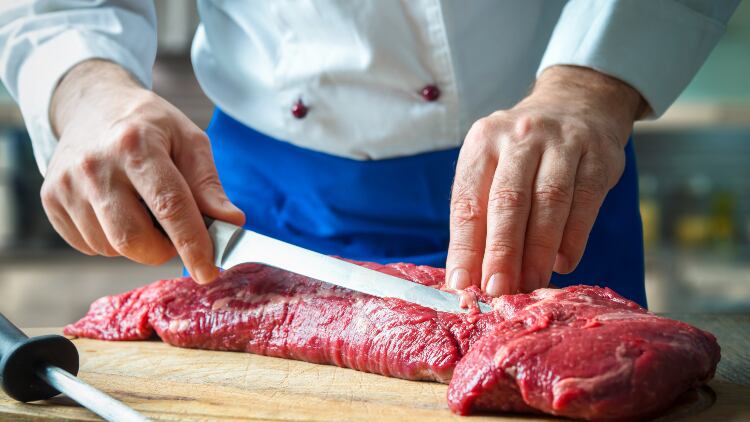
Robust processes
Cleaning and hygiene business Diversey UK & Ireland calls for education and training to be a big part of a company’s ethos when it come to keeping things clean.
Foodservice and contract catering marketing manager Lee Hall says:
“Any business handling, preparing or serving food has a responsibility to place effective cleaning, hygiene and food safety at the heart of its operation.
“The business should have robust processes to protect the safety of people, including customers and employees. Properly designed and implemented processes – using the right products – need not be expensive. Indeed, they can be a positive differentiator of the business that adds value, enhances the quality of its products and services, and augments its reputation.
“Education and training can help instil best-practice and a food safety culture among employees handling food. Although many suppliers offer on-site training, an increasingly popular delivery pathway is through online e-learning portals.
“These enable access to a wide range of modules covering formal and regulatory aspects of food safety as well as product or task-specific training. By integrating content through a single point of access, these e-learning tools can simplify training and accelerate compliance while enhancing understanding and reducing costs.
“Formal training, whether delivered on site or online, can be complemented by documentation such as user guides and wall charts located conveniently at the point of use to help staff continue to undertake tasks and use products correctly.”
But it isn’t just behind the scenes that operators should keep spick and span because first impressions really matter to diners.
Hall adds: “Customers notice the general appearance of a restaurant when they enter, and this can affect their perception of cleanliness and hygiene.
In simple terms, if somewhere looks clean, customers will believe it is clean. However, once inside the restaurant they will notice specific areas including tables, tableware (crockery and cutlery) and floors. The cleanliness of washrooms (toilets) is also important to customers.
“Independent research commissioned by Diversey highlighted the link between customer perceptions and behaviour when visiting a restaurant. More than one third (37%) of people who enter a dirty restaurant will leave immediately and a further 23% will order but leave before completing their meal, according to the research. Almost two thirds of these say they will never go back. The cleanliness of tables, including table cloths, cutlery and floors were the three most significant factors in assessing the restaurant’s cleanliness and hygiene.
“Legal regulations exist to set minimum standards required of businesses handling, preparing and serving food. Failure to comply with these standards can result in various sanctions from the relevant regulatory body, such as the local authority, Food Standards Agency and others.
“Premises that fail to meet these minimum standards can be closed temporarily or permanently by the authority. In the most severe cases, business owners and managers can be taken to court, which can lead to fines or imprisonment.”
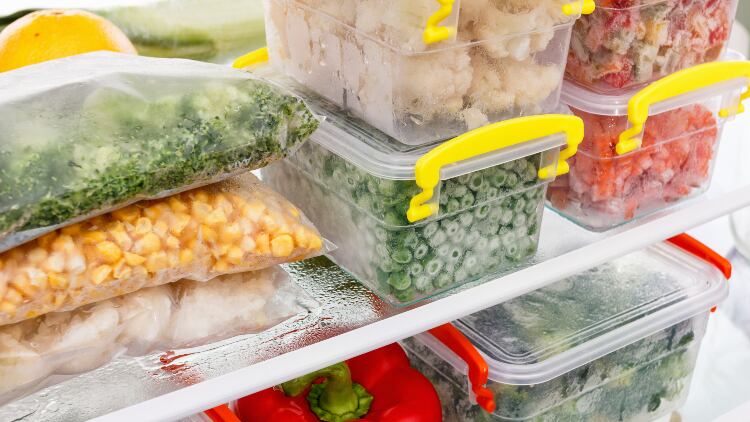
Lost custom
He also claims four in 10 food poisoning outbreaks are due to cross-contamination and poor hand hygiene in kitchens, making it even more imperative that operators keep their pubs as clean as possible.
“More generally, anything that causes disruption to the business (e.g. additional visits from inspectors, temporary closure, enforcement measures) can lead to lost custom and additional costs. Adverse publicity about lack of compliance will also lead to loss of hard-won reputation that can be difficult to regain,” Hall says.
“All staff handling, preparing and serving food should be aware of basic food hygiene and safety practices. Cleaning and hygiene training already forms a central part of the basic food safety courses that everyone preparing food should be required to complete. People should also be shown how to use cleaning products safely as part of the COSHH process. This training is likely to cover the need for hygiene and the basic processes but will probably not cover specific products.
“About 40% of all food poisoning outbreaks are the result of poor hand hygiene and cross-contamination. This link has been known for years, which is why personal hygiene and surface sanitising are both so important in any business preparing and serving food. Mistakes that lead to illness can cause suffering to customers and staff while also disrupting the business and diminishing its reputation. Diversey offers a complete set of products that enable foodservice businesses to maintain the highest standards. Aiming for that five-star food hygiene rating not only keeps the premises clean but can also pull more punters in, therefore, operators should keep this goal in mind to drive footfall and boost profits.



